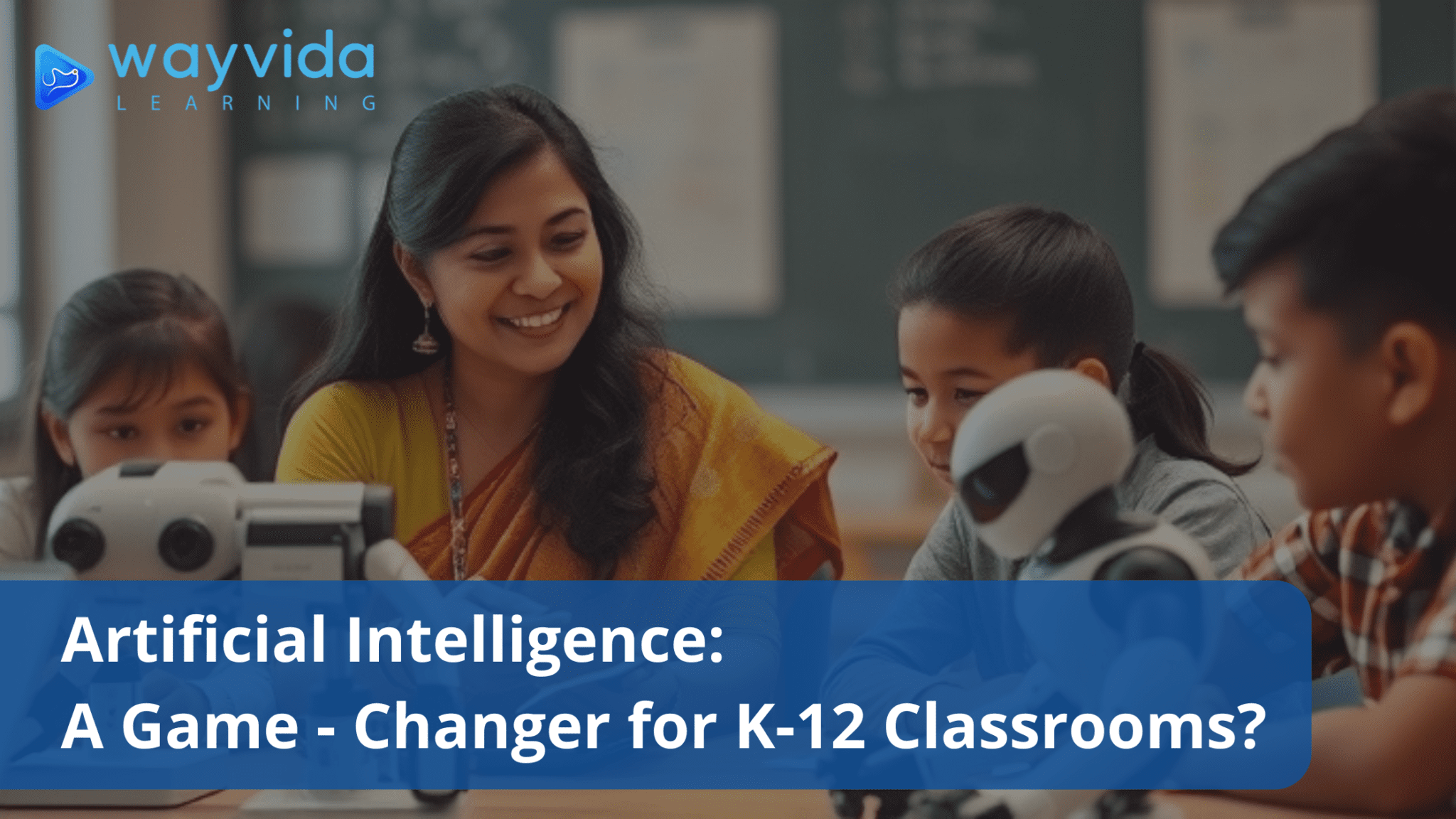
 Artificial intelligence (AI) is rapidly transforming various sectors, and education is no exception. As K-12 classrooms grapple with challenges like teacher burnout, student disengagement, and digital inequity, AI emerges as a potential solution to revolutionize the learning experience.
Artificial intelligence (AI) is rapidly transforming various sectors, and education is no exception. As K-12 classrooms grapple with challenges like teacher burnout, student disengagement, and digital inequity, AI emerges as a potential solution to revolutionize the learning experience.
Strategies for a More Balanced Teaching Life
One of the most pressing issues in education is teacher burnout. AI-powered tools can significantly alleviate this burden by automating routine tasks, such as grading assignments, generating lesson plans, and providing personalized feedback. This frees up teachers to focus on what truly matters: building meaningful relationships with students and fostering a stimulating learning environment.
- Automated Tasks: AI can streamline administrative tasks, allowing teachers to spend more time on instructional activities.

- Personalized Learning: By analyzing student data, AI can tailor lessons to individual needs, optimizing learning outcomes.

- Intelligent Tutoring Systems: AI-powered tutoring systems can provide students with immediate support and guidance, reducing the workload on teachers.
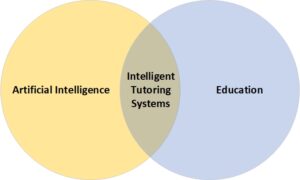
Engaging Students and Fostering Personalized Learning
Student engagement is crucial for effective learning. AI can help create interactive and immersive learning experiences that capture students’ attention and spark their curiosity.
- Gamification: AI can be used to gamify learning, making it more enjoyable and motivating for students.
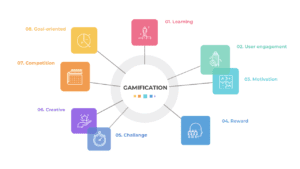
- Adaptive Learning: AI-powered platforms can adjust the pace and difficulty of lessons to match each student’s learning style and abilities.
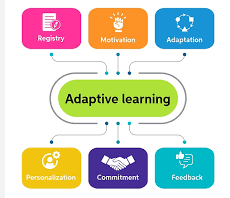
- Virtual and Augmented Reality: AI-enhanced VR and AR experiences can transport students to different worlds and historical periods, making learning more engaging and memorable.

Bridging the Digital Divide and Ensuring Equity
Digital equity is another significant challenge in education. AI can help bridge the gap by providing equal access to quality education, regardless of socioeconomic background or geographic location.
- Language Translation: AI-powered translation tools can break down language barriers and make educational content accessible to students from diverse linguistic backgrounds.
- Accessibility Tools: AI can be used to develop tools that assist students with disabilities, such as screen readers and speech-to-text software.
- Remote Learning: AI can facilitate remote learning by providing personalized support and real-time feedback to students.
 Level Up Your Learning with AI
Level Up Your Learning with AI
While AI holds immense potential to transform K-12 education, it is essential to approach its implementation with caution and ethical considerations. Teachers should be empowered to use AI as a tool to enhance their teaching practices, rather than being replaced by it. By carefully integrating AI into the classroom, educators can create a more engaging, personalized, and equitable learning experience for all students.

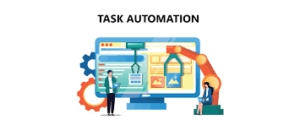

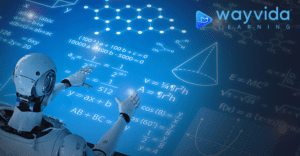 Level Up Your Learning with AI
Level Up Your Learning with AI